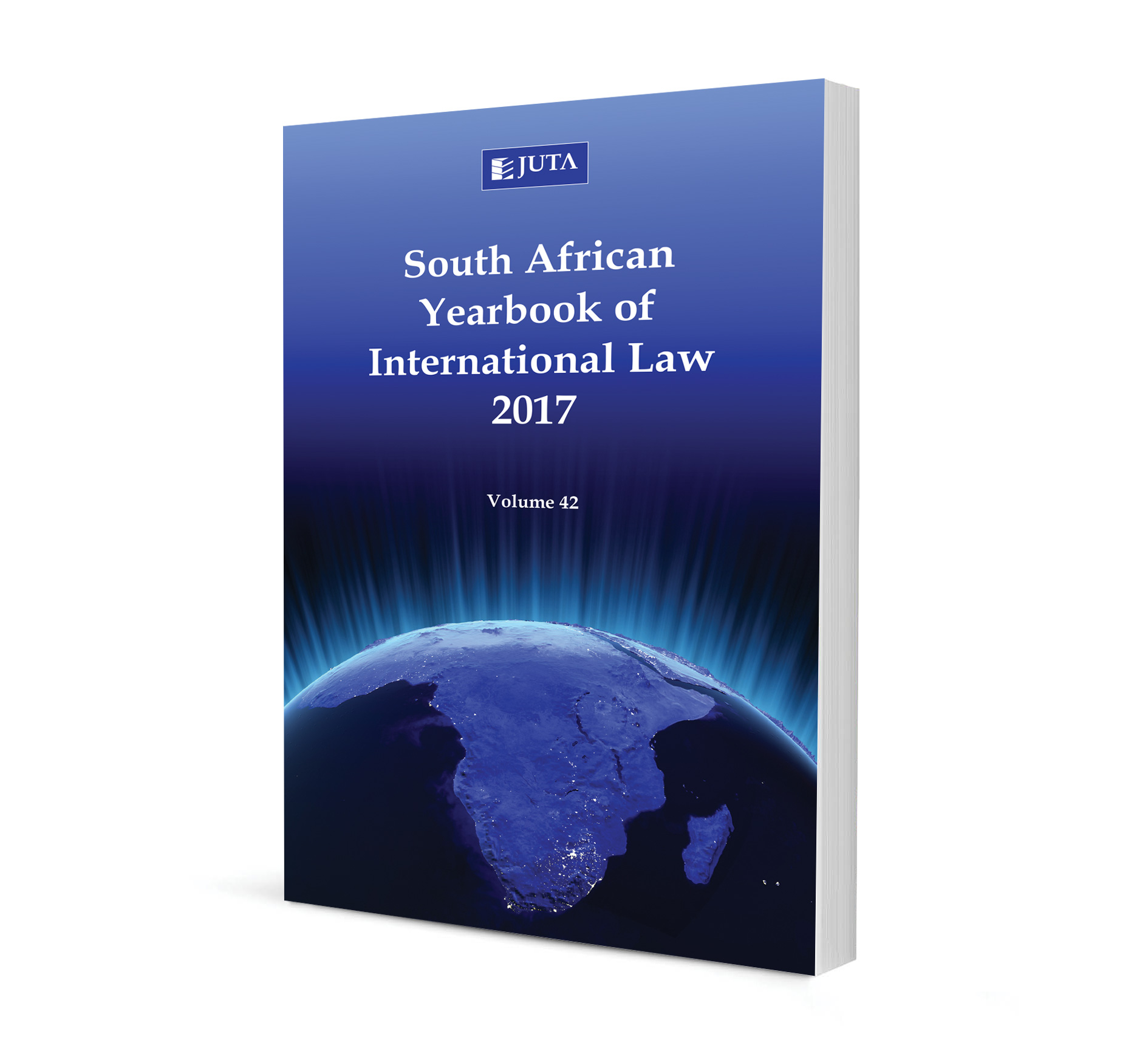Reflections on the UN Working Groups on Human Rights and Transnational Corporations

Reflections on the UN Working Groups on Human Rights and Transnational Corporations
Authors Yolandi Meyer
ISSN: 2521-2583
Affiliations: None
Source: South African Yearbook of International Law, 2017, p. 200 – 219
Abstract
This article explores the work of the United Nations Working Group on the issue of human rights and transnational corporations and other business enterprises (Working Group) as well as the open-ended Intergovernmental Working Group on Transnational Corporations and Other Business Enterprises with respect to Human Rights OEIGWG). The main purpose of the Working Group is to promote the implementation of the UN Guiding Principles on Business and Human Rights. It does this by engaging with stakeholders such as governments, civil society, human rights institutions, UN agencies, TNCs and other business enterprises, to ensure that the relevant support and guidance is provided to effectively implement the Guiding Principles. The OEIGWG was established by the Human Rights Council and mandated to produce an international legally binding instrument to regulate the activities of TNCs and other business enterprises. The process of establishing such an instrument is still at an early stage and the article analyses the work of the first few sessions of this working group.